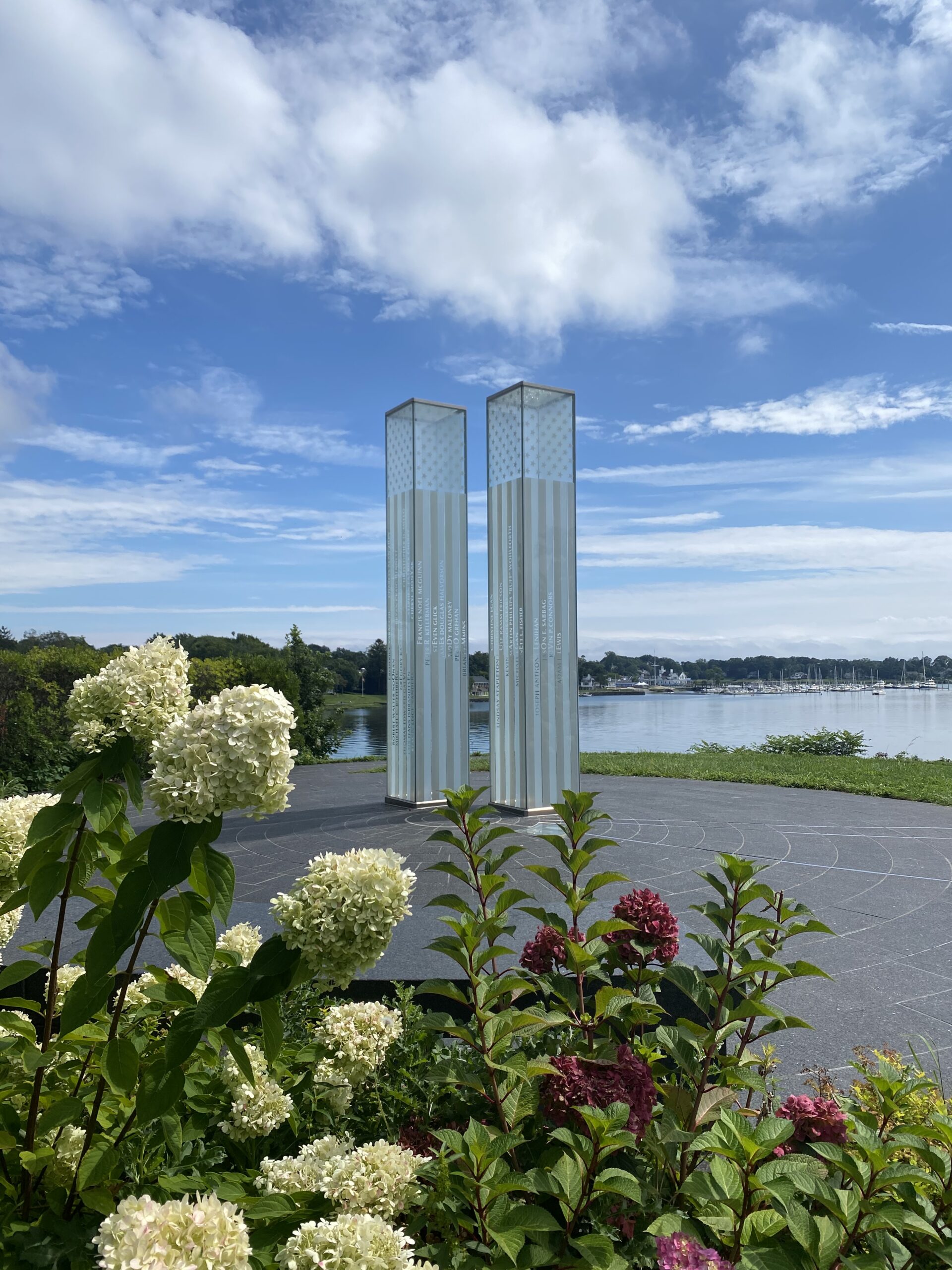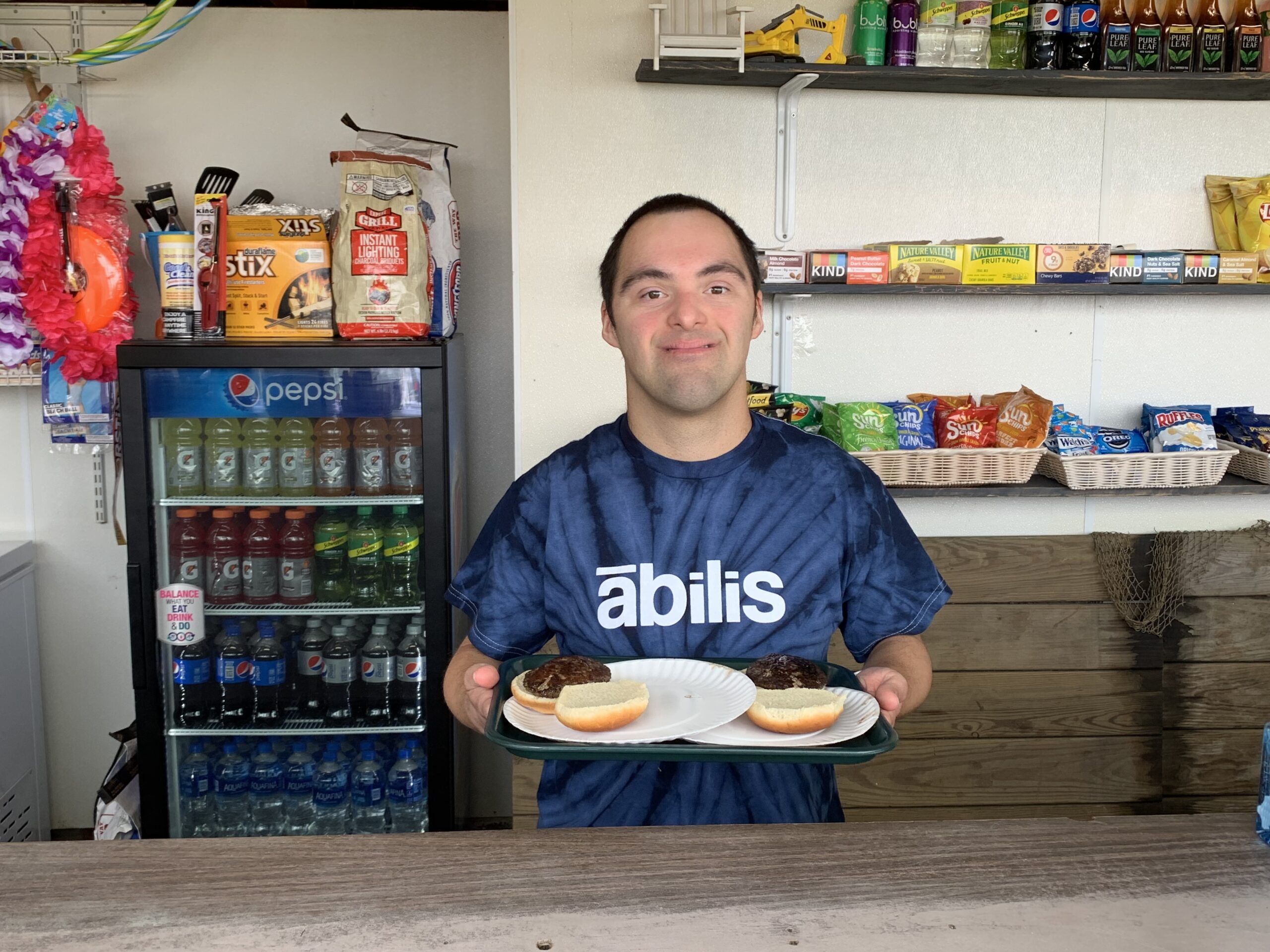In the midst of a pandemic it’s hard to find a silver lining. Yet if you look hard enough, I mean really hard, you may just find one. As a result of our social distancing there are fewer pollutants in the environment. The evidence of the positive impact to the environment is clear. From the waters of Venice being clean again-you can see fish and dolphins, to the air pollution in India dropping so drastically that city residents can view the Himalayas for the first time in decades! While everyone agrees we cannot continue a life of seclusion forever, we can commit to continuing this positive impact on our planet.
One organization which has been protecting the environment for over 70 years is The Nature Conservancy of Connecticut. The organization focuses on environmental issues and prides itself by being pragmatic and non-partisan. Their mission is simple, focused and powerful, “to protect the lands and water on which all life depends.”

Ed Whitaker, the Director of Marketing for Nature Conservancy of CT, sat with GIFF to discuss the organization’s accomplishments, current initiatives and future plans.
What is the history of the Nature Conservancy of CT?
We started in the 1950s by preserving land, and have since done that on an increasing scale here in Connecticut, as well as across North America and the globe. One way we’ve done that is through the use of conservation easements. These allow private property owners to limit future development rights on their property, in return for the right to continue living on and using it with a tax benefit. It’s been an effective tool and has helped us to protect more than 50,000 acres in Connecticut.
We work locally and globally. We now have chapters in all 50 states and 72 countries across the globe, and we’ve protected more than 119 million acres worldwide. A great example of large-scale conservation closer to home is Block Island. The Nature Conservancy has helped to permanently protect nearly half the island, and so protecting rare plants and animals that disappeared from the rest of southern New England decades ago.
The Conservancy does much more than just preserve land. Can you share some of the other programs currently underway?
Yes, we realized that to be effective meant expanding beyond just protecting land. So we branched out into fresh water and ocean conservation and are now tackling climate change as a priority. Working at this scope and scale means collaborating with many other partners, including organizations, governments and businesses. An example of this is TNC helping some 20 island nations to refinance their national debt; the governments then use the savings to invest in marine protection efforts around fisheries and coral reefs. This is our Blue Bonds program.
Around climate, we focus on ways nature can help us reduce carbon emissions. This includes protecting forests and planting trees to help absorb carbon dioxide, a key greenhouse gas. We also work to promote ways of transitioning our economy from one dependent on fossil fuels, to one powered by sustainable and renewable resources, like wind and solar. In New England, offshore wind in particular has huge promise as a significant source of renewable energy into the future.
We rarely think of an environmental organization collaborating with an urban community but that in fact is what often happens. Can you elaborate?
Yes, we like to look at the whole, which means working in places you might not expect. For example, here in Connecticut we work in the city of Bridgeport. With tree plantings there, we help provide residents with shade in the summer, improved air quality and reduce polluted rain runoff. We also turned an old parking lot at Seaside Village into a beautiful rain garden that helps absorb flooding from excessive rains. It’s part of our holistic view of using nature itself to improve the environment around us.
Being in a part of nature has always been pleasurable but at the moment it’s also provides a much needed reprieve from our homes.
We couldn’t agree more. Nature, whether experiencing it in person, or even virtually, provides so many benefits to people – including health and psychological benefits. Nature reminds us we’re part of something bigger than ourselves, a world that nurtures us. We are very much part of nature, and we celebrate that at The Nature Conservancy.
How can the GIFF audience become involved with the Nature Conservancy of CT?
The best way is simple. Become a member. Our membership model provides many levels of commitment. Once you become a member, you will receive our quarterly Nature magazine, monthly Great Places e-newsletter and be invited to local events. We also encourage people to follow us socially on Facebook, Instagram, and Twitter.
Thanks for giving us the time to talk about our mission!




